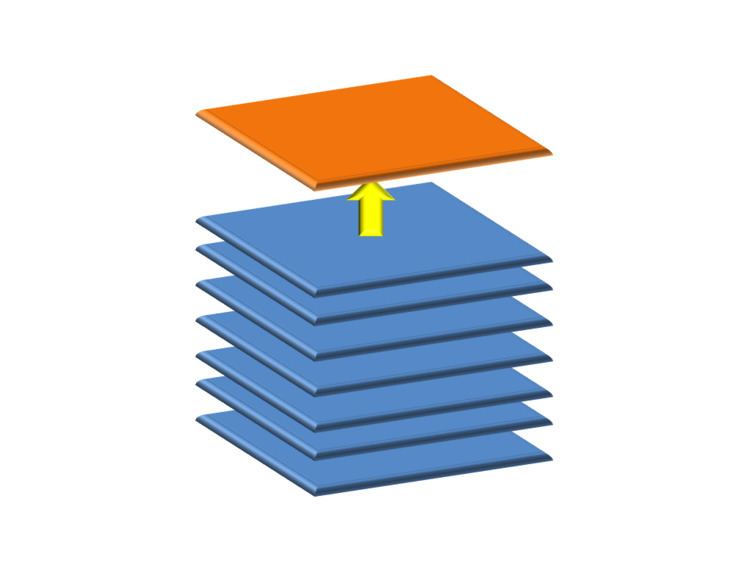 | ||
Binary prioritization is a sorting algorithm which prioritizes to-do tasks.
Contents
Unlike other Binary Sort methods (e.g. binary search) this method assumes that the deferred work will be prioritized in a later process, but their order is not relevant in the first iteration. The faster processing of classified and important tasks is achieved by reducing the cost of sorting by not sorting the subset of the less important tasks. In each iteration, the cost is reduced by the sorted elements.
Application requirements
For the application of the binary prioritization it is assumed that the elements to be prioritized are present in an unsorted heap.
The algorithm of the binary prioritization is as follows:
Application
An example of the application of Binary sorting is the following scenario: A mail inbox has to be sorted and important mails have to be answered first, no matter the relative importance of rather unimportant mails.
